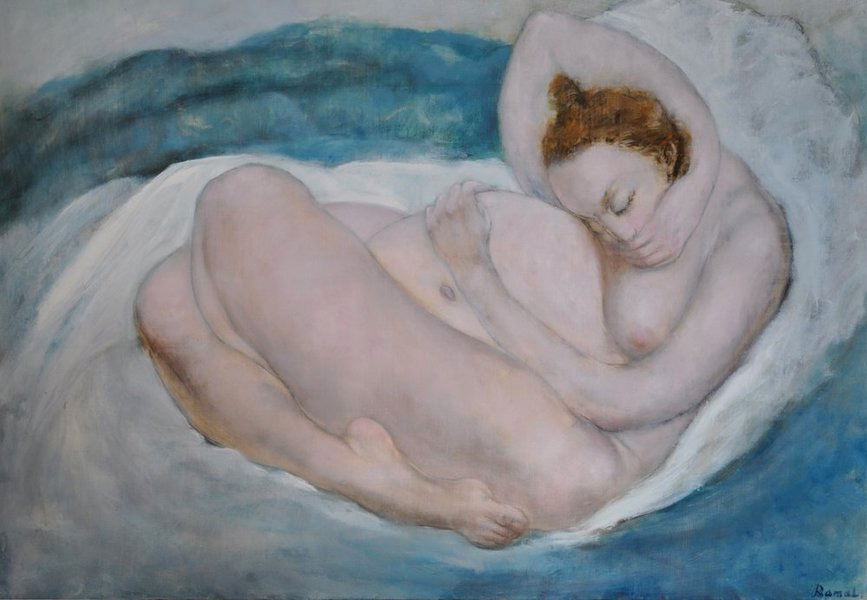A review of YARAT Education's ARTIM Project for aspiring young artists
18 May 14
ARTIM (meaning 'progress' in Azerbaijani) is YARAT Contemporary Art Space's youth artist projects programme, which aims to encourage the next generation of Azerbaijani creative talent to seek a career in the arts, and gives young practitioners the opportunity to exhibit their works in a professional context.
The ARTIM Project was launched in the spring of 2012 with the main goal to attract young professionals and allow them to pursue a career in art. More than 300 artists, graphic designers and photographers have been able to attend our 'Portfolio Open Doors Days' held at ÜNS Theatre twice a year. Those who have attended them had a chance to present their work to a professional jury.
Some of the artists who were discovered through the ARTIM Project have been given an opportunity to exhibit their work alongside established local and international artists. Some have even been able to hold their first solo exhibition with the help of YARAT and YAY Gallery.
ARTIM helped to discover Ramal Kazim, Shargiyya Rahmanova, Agil Abdullayev, Vusal Rahim, Fidan Seyidova, Jemma Sattar and Nazrin Mammadova who are now successfully integrated into the Azerbaijani and international art scene. A project by Shargiyya Rahmanli was selected to be part of 012 Baku Public Art Festival last year, while the three other female artists (F. Seidova, J. Sattar and N. Mammadova) participated in the International Biennale of Young Art in Moscow in 2013 with their Situation Stalemate Project.
Vusal Rahim is currently working both as a freelance artist and production designer in collaboration with the State Academic Drama Theatre and the Samad Vurghun Russian Drama Theatre.
Ramal Kazim and Agil Abdullayev were noticed for their talent. originality and outstanding creative energy.
Last year the project was curated by artist Faig Ahmed and brought together twenty-six emerging artists. The final exhibition was baptised ZAVOD (russian for 'Factory') as it used the space of an abandoned Soviet air-conditioning factory and all art works that transpired from this project were somehow linked to Azerbaijani cultural legacy and the Soviet past.

